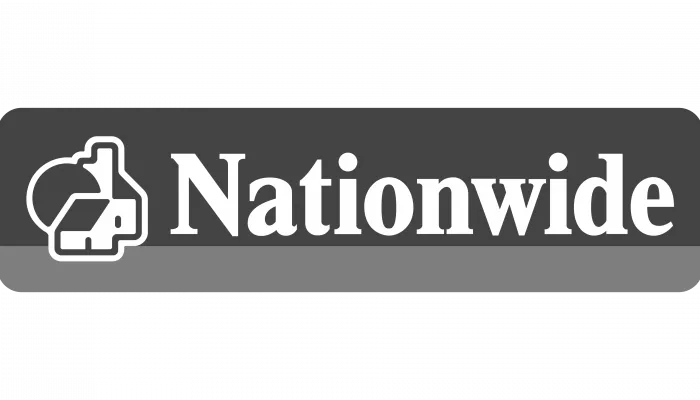In addition to other measures aimed at supporting the UK’s housing market, Rishi Sunak has announced that he is to extend the existing Stamp Duty Holiday until the end of June 2021. Stamp duty will then be phased back in again over the following months until 30 September 2021, although some changes will then remain in place.
In a response to the government’s actions in reaction to Covid, the Treasury had introduced a moratorium on stamp duty chargeable on all property up to £500,000. This extension has been extended to allow for a glut in transactions to be cleared, before phasing in stamp duty again later in the year.
Stamp Duty Rates were previously as follows;
Up to £125,000: 0%
On the portion from £125,001 to £250,000: 2%
On the portion from £250,001 to £925,000: 5%
On the portion from £925,000 to £1.5m: 10%
Above £1.5m: 12%
The savings available to those buying properties with a value less than £500,000 are, therefore, significant.
The Holiday Rates are as follows;
Up to £500,000: 0%
On the portion from £500,001 to £925,000: 5%
On the portion from £925,001 to £1.5m: 10%
Above £1.5m: 12%
The tax-free threshold announced in the recent Budget will be cut from £500,000 to £250,000 on housing sales that complete between 1 July until 30 September to allow some phasing back to normal and the threshold for the nil rate band will then fall back to its usual level of £125,000 on 1 October.
First-time buyers will still benefit from existing exemptions and second home buyers are still subject to the 3% slab rate in addition to the above.
A 2% stamp duty levy will also be imposed on non-UK residents who buy property in England and Northern Ireland from April 2021.
Remember, stamp duty becomes payable upon completion, so the holiday rates set out above will likely only benefit those with transactions already underway, although the phasing relief is still significant.
Recent posts
Best UK Mortgage Rates this Week
Yesterday

Here are the lowest fixed mortgage rates of the week, available to first-time buyers, home movers, buy-to-let, and those remortgaging.
Call us for more information: 01628 507477 or email: team@mortgagerequired.com.

Just because the Bank of England decides to reduce the base rate, this doesn't automatically mean that your mortgage rate will go down.
Autumn Budget 2025: A Summary
23 days ago

Chancellor, Rachel Reeves, has delivered the Autumn 2025 budget. We have summarised the government's plans for tax and spending.
Renters' Rights Act
14 Nov 2025

The Renter’s Rights Bill became law at the end of October, which means it has been signed off by the King, and it is now the Renters’ Rights Act. Despite this becoming law, these changes are likely to start changing within the next six months, with the aim of being fully implemented throughout 2026 and into 2027.

A welcome change in school is coming as financial literacy is due to become compulsory in schools in England.
The Government has announced that as part of the new national curriculum, children in primary and secondary education will be required to learn about budgeting, compound interest, managing money, and mortgages.
The top 10 most beautiful villages in the world
24 Oct 2025

Forbes has published a global ranking of stunning locations and one popular picturesque corner of the UK has nabbed top spot.

Over three years after the Mini-Budget took place, we look at what the mortgage market looks like now, showing the difference in mortgage repayments.

The government has announced plans to make buying or selling a home cheaper and quicker with what is being called the “biggest shake-up to the homebuying system in this country’s history.”


















